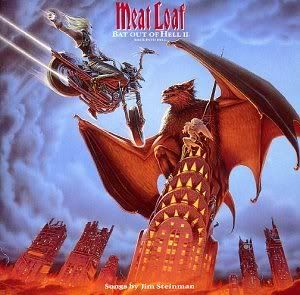Type of Documentary - Mixed
A still from a Dian Fossey Film
Themes
- Nature
- Animals
- Death
Narrative Structure
- Closed narrative
- Linear
Camerawork
- Interviews
- Codes and conventions of an interview
- Eyeline third of the way down
- Framed to left or right of the screen
- Handheld with tour of house
- Stock footage of African communities
- Extreme close up of letter writing
- Close up of moon
Mise en Scene
- African jungle
- Interview with jungle in the back
- Jungle out of focus keeps attention on interview
- Shadow of reconstruction, mystery
- Stock footage of Washington DC
- Dead gorilla with camera sound showing Bob took the photos
Sound
- Voiceover
- Woman
- Calm
- American accent
- Music
- Tradition african
- Pop influences
- Camera sounds when pictures show
Editing
- Editing of pictures of maps
- Camera tape with interview and archive footage both related
- Interviewee talking over footage as well as voiceover
Archive Material
- Dian Fossey's old programmes
- Maps
- Pictures of Bob filming
- Pictures of Bob's life and family
- Letters
- Magazines
- Photos of Dians grave
Graphics
- Green sans serif font
- White sans serif font to introduce interviewees


